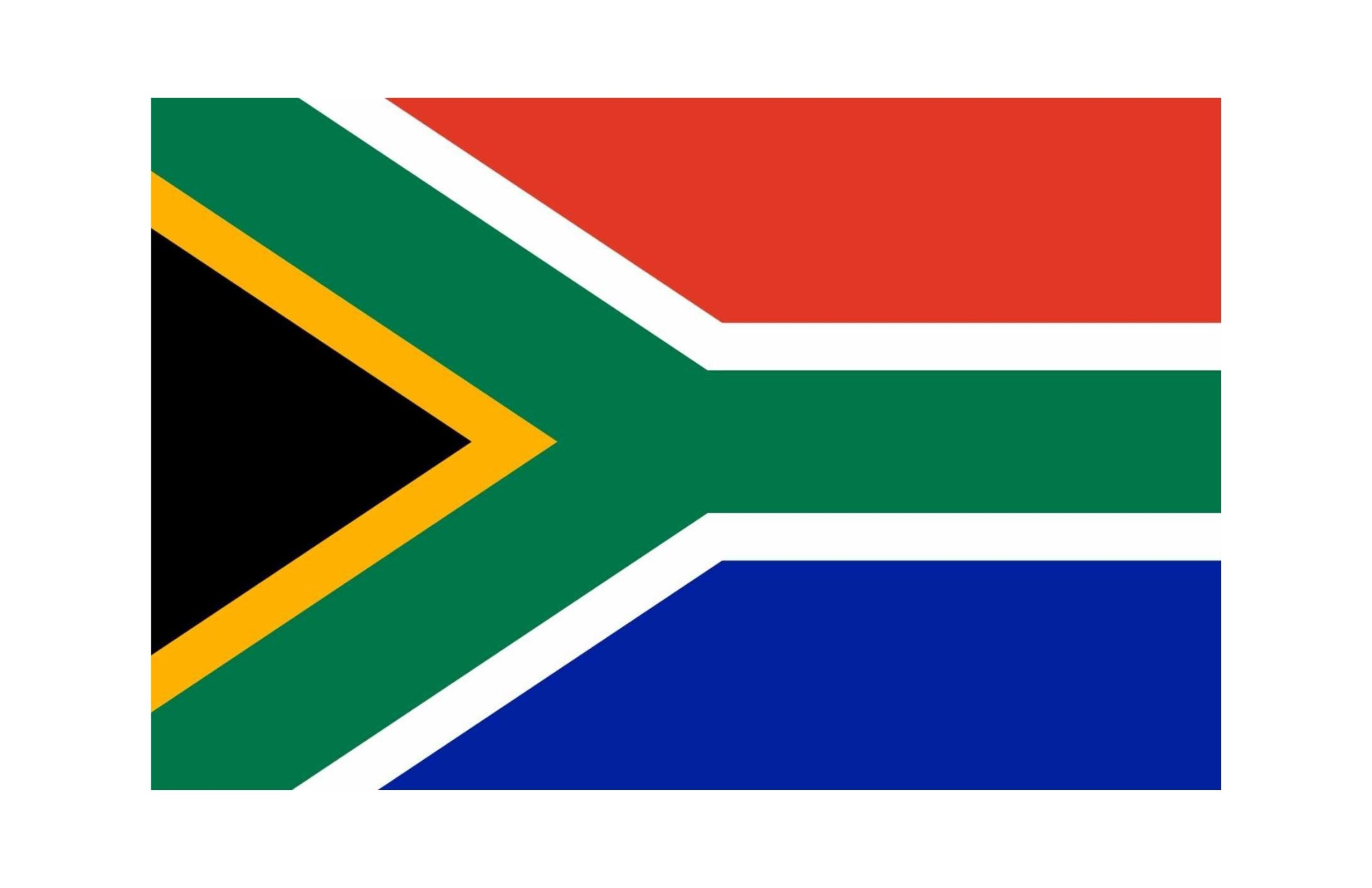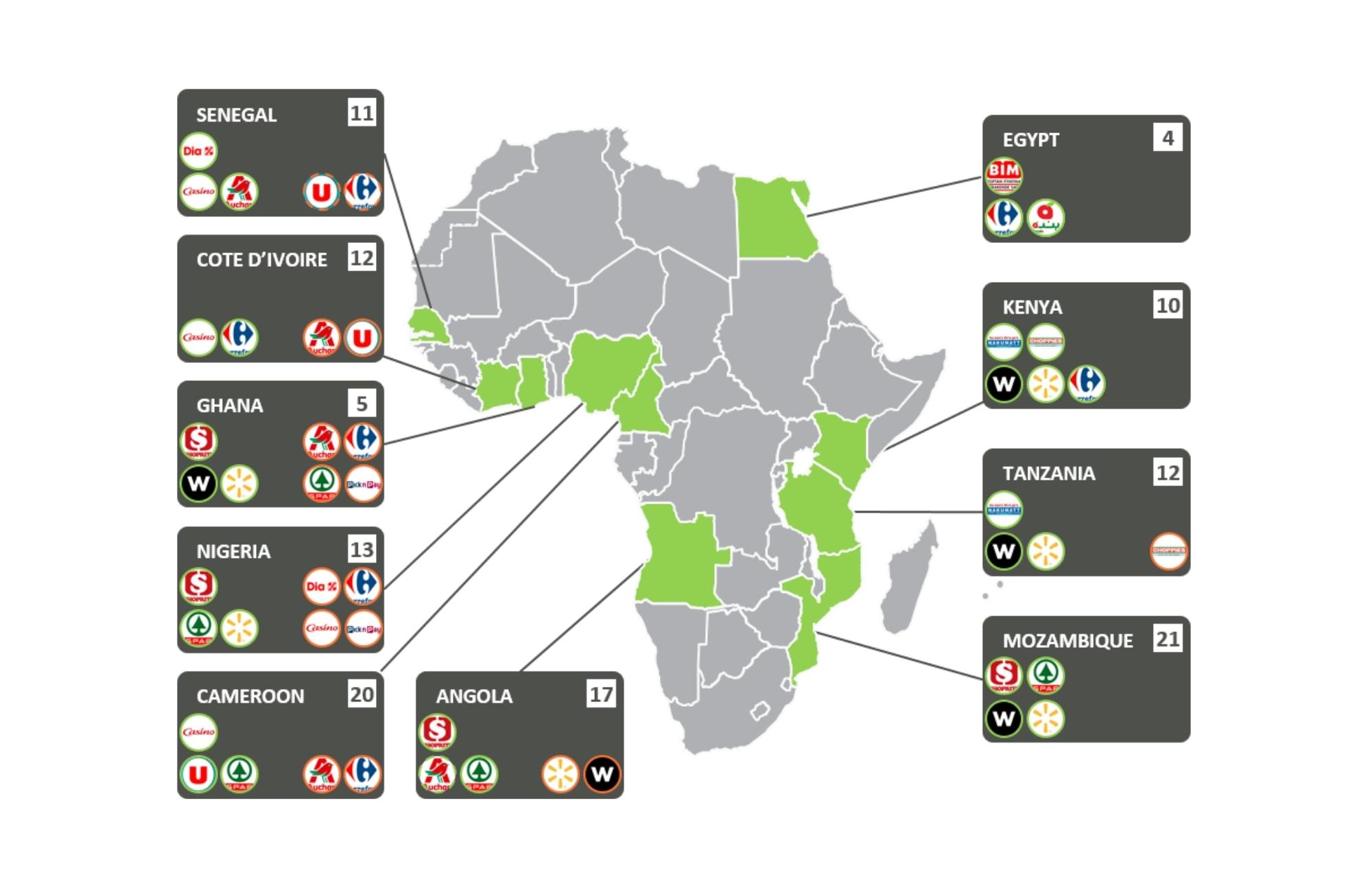Less than 30% of households across Africa have a refrigerator
While mobile phone ownership is at more than 86%, fridge ownership across much of Africa remains low. For many of these households, a fridge is a low priority, big ticket expense. Ownership of a fridge means having reliable access to electricity, a high enough income and just having room in the house to put it. On a continent where average household size is nearly 5 people and less than 36% of houses have a dedicated indoor kitchen, a fridge often simply isn’t a practical thing to live with.
The majority of fridges are found in North Africa, where more than 76% of households across the region own one. Egypt stands out as the most fridge-rich country in all of Africa. Almost 100% of Egyptian households have a fridge. Algeria, Tunisia and Morocco fill in three of the remaining four places in the top five. This is helped by the region having by far the highest rates of access to electricity, 32% higher than its nearest rival, and the highest average income.
The lowest rate of fridge ownership is found in East Africa, where fewer than 9% of households have one. The bottom three countries for fridge ownership in all of Africa – Burundi, South Sudan and Rwanda, all at less than 2% ownership – are in this region. East Africa, perhaps unsurprisingly, has the lowest average access to electricity and the lowest average income of all regions in Africa.
With access to a fridge at home comes a change in shopping habits. Households can buy and store chilled food and reduce food spoilage, particularly for fresh fruits and vegetables. High rates of food loss serve to push up food prices, especially for perishable foods. North Africa, which has the most fridges, also has, according to figures from the Food and Agriculture Organization of the United Nations (FAO), the lowest percentage of food loss.
The ability to safely store fresh produce for longer increases access to healthy foods and lower rates of foodborne illnesses, leading to improved nutrition and health, and having a fridge can also allow people to safely store medication. While staple foods such as wheat and rice don’t require refrigeration, a fridge at home gives households access to a wider range of meat, fish, dairy and ready meals. This can save time – and again, households in North Africa tend to be under less time pressure than any other region while households in East Africa tend to be under more. Trendtype’s analysis shows Tanzania as the country where consumers are under the most time pressure while North African countries occupy half the places in the 10 countries that feel the least time pressure.
The possibility of cold chain as a service (CaaS) could bring refrigerated products closer to low income and underserved communities, using solar-based or off-grid power options. Startup Keep IT Cool launched in Kenya 2020, using aggregation centres to process meat, and distributing it to consumers via its buying platform app. In principle, there is no reason why CaaS could not also work for consumers. Any rollout would be likely to see fridges shared by more than one household but as incomes rise and the cost of the service falls with scale and competition, more individual households would be able to take up their own fridges, either by buying them outright, via a loan or through CaaS.










